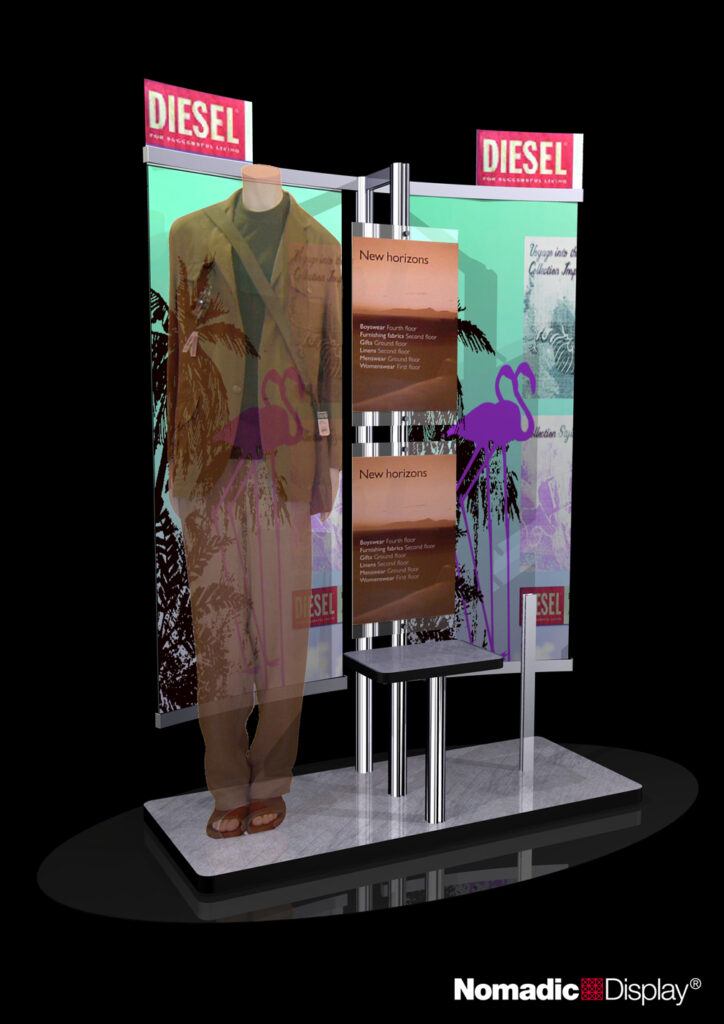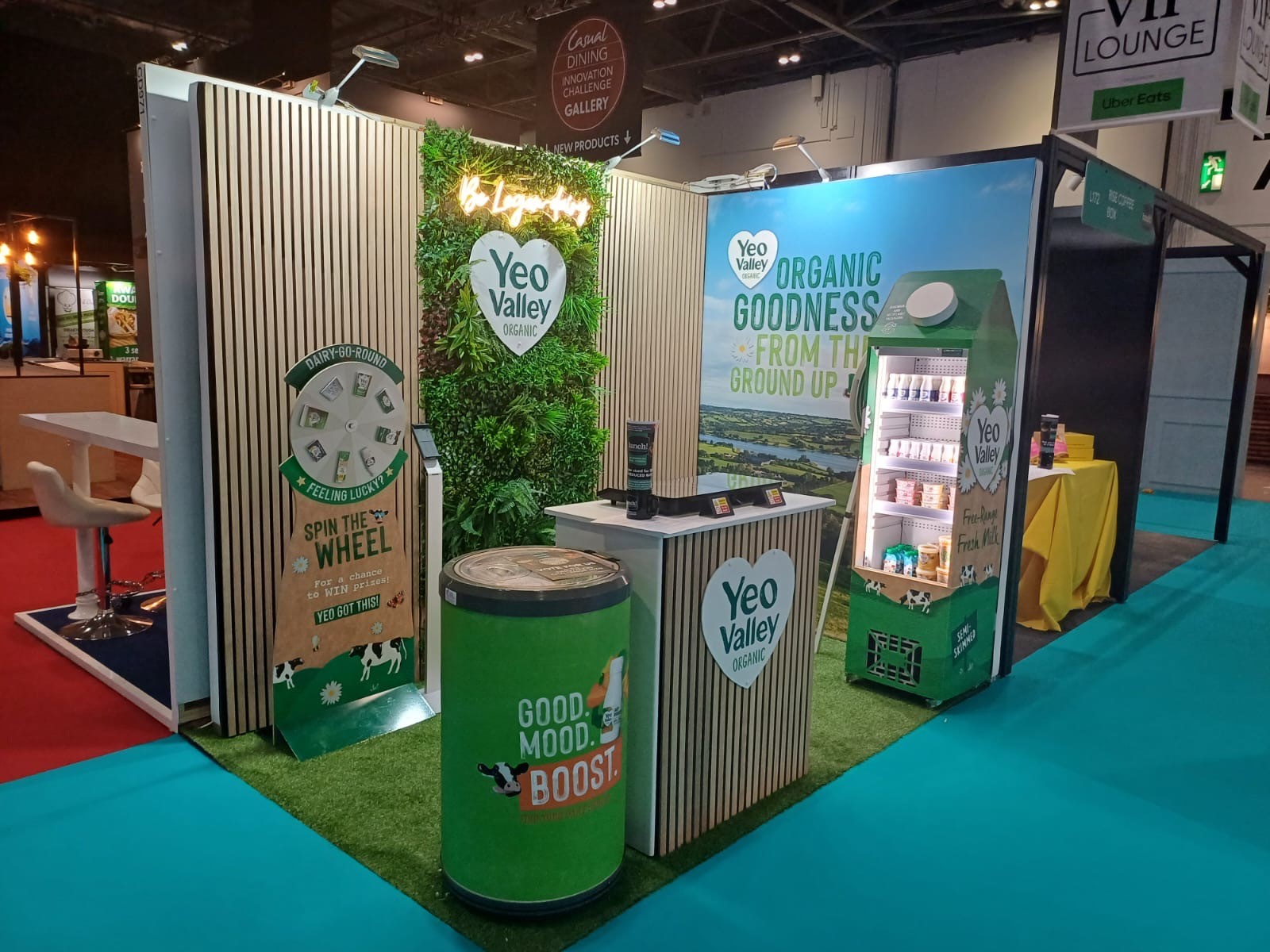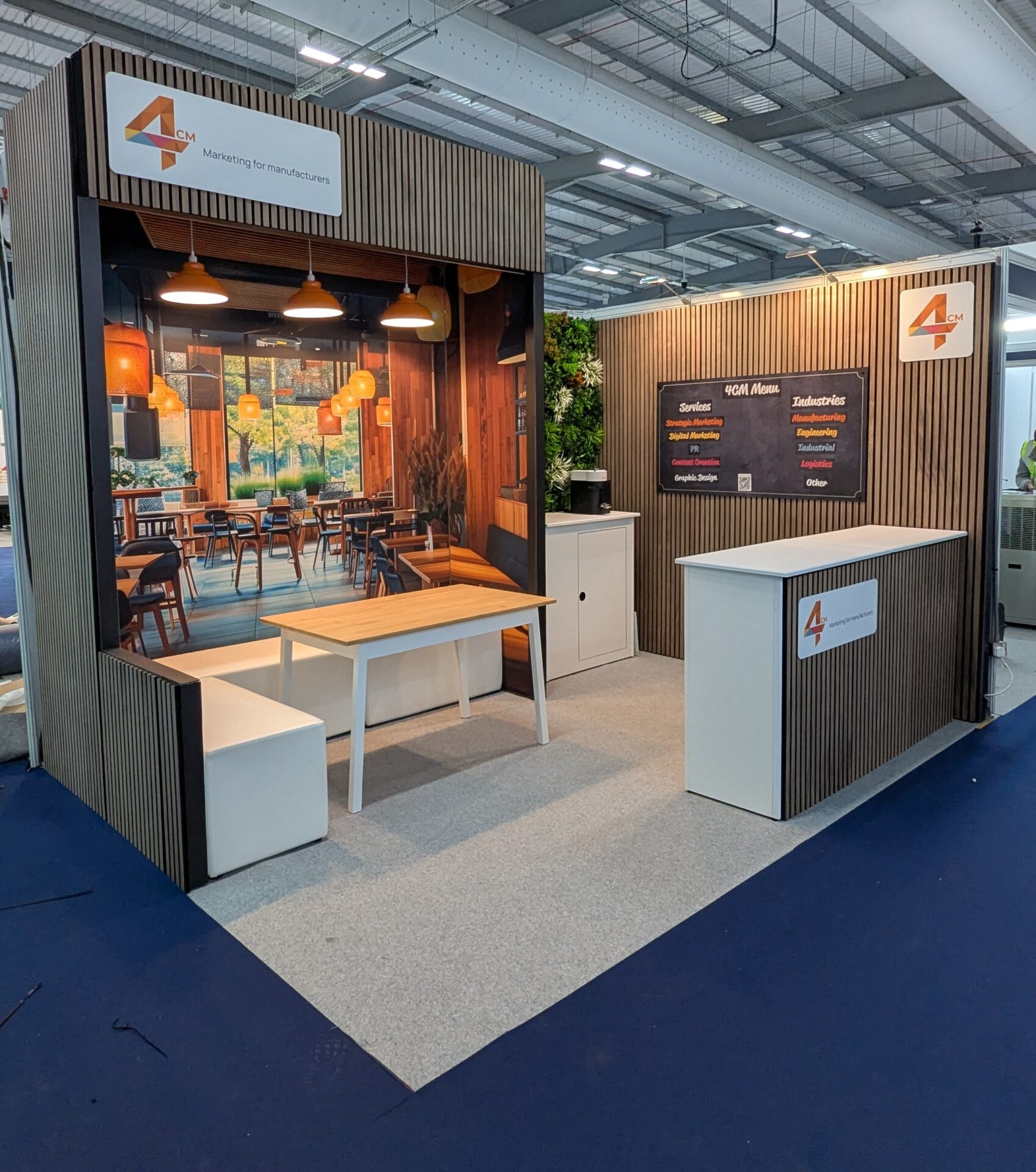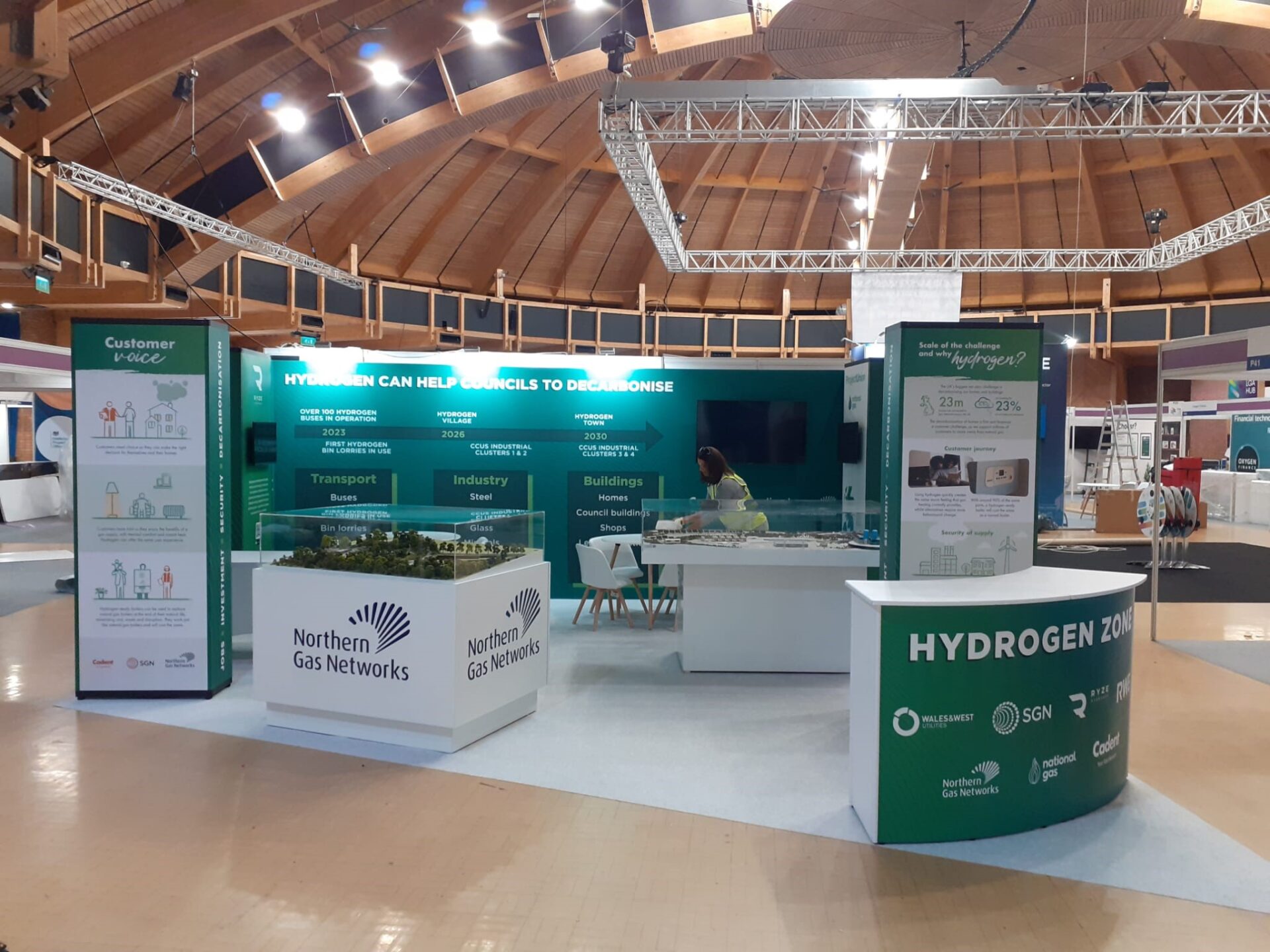Retail display stands need to be durable, portable and typically free-standing points of sale. They draw attention and can be used to direct your customers on their journey through your store. Retail displays can be used to highlight promotions, link to online marketing campaigns and ultimately influence purchasing decisions in-store.
The best eco-friendly retail display stands with longevity
- Reconfigurable to fit various floor spaces
- Easy to adapt and change messaging to meet trends and new seasons
- Durable to withstand high volumes of traffic
Retail display stands are used to present products, offers or promotions to customers. They not only communicate your brand and attract attention they also send consistent messages to your customers and enhance your brand.



